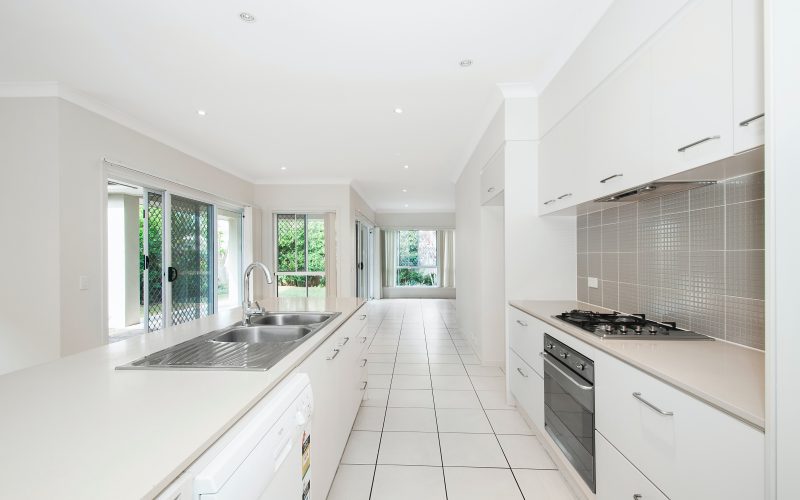In the realm of architecture, creativity knows no bounds. Unconventional homes push the boundaries of design, challenging traditional notions of what a dwelling should look like. From eco-friendly masterpieces to futuristic marvels, this article embarks on a journey to explore unique architectural styles that redefine the concept of home.
The Rise of Sustainable Architecture:
As the world grapples with environmental challenges, sustainable architecture has emerged as a vital response. Architects are incorporating innovative eco-friendly practices into their designs, creating homes that blend seamlessly with the natural environment. From passive solar designs to green roofs and energy-efficient materials, these dwellings prioritize sustainability while providing comfortable living spaces.
Tiny Homes: A Compact Revolution:
The tiny home movement has gained momentum as people seek simpler, more sustainable lifestyles. These diminutive yet ingeniously designed homes make the most of limited space. Tiny homes often feature multifunctional furniture, creative storage solutions, and clever use of natural light. They offer an affordable and environmentally conscious alternative to conventional housing, allowing individuals to downsize without sacrificing comfort or style.
Geodesic Domes: Futuristic Elegance:
Geodesic domes, characterized by their spherical or hemispherical structures, have become a symbol of futuristic architecture. These homes, made up of interconnected geometric shapes, offer superior strength and energy efficiency. The use of lightweight materials and a unique structural design allows for maximum interior space and natural light. Geodesic domes have found favor among forward-thinking homeowners who value sustainability and innovation.
Converted Spaces: Reinventing the Familiar:
Architects are increasingly transforming unconventional spaces into stunning homes. Old factories, churches, warehouses, and shipping containers are being repurposed into unique dwellings, preserving the charm of their original structures. These conversions showcase the adaptability of architecture and the potential for creative reinvention. They provide a canvas for personal expression while promoting sustainable reuse.
Earthship Homes: A Marriage of Sustainability and Self-Sufficiency:
Earthship homes epitomize the harmony between architecture and the environment. These self-sufficient dwellings are constructed using recycled materials and employ passive solar design principles. Earthship owners strive for total autonomy, harnessing natural resources like solar power and rainwater harvesting systems. These unconventional abodes promote sustainable living and serve as a testament to human ingenuity.
Research and Verification:
Thorough research is essential when reporting on architectural styles. Examining architectural publications, consulting experts, visiting architectural exhibitions, and conducting interviews with architects and homeowners help validate information. Evaluating blueprints, construction methods, and environmental certifications ensures accurate reporting on the unique features and benefits of each architectural style.
Uncovering Sources:
Uncovering sources within the architecture field involves building connections with architects, design firms, and industry professionals. Attending architecture conferences, visiting architectural schools, and engaging with online communities allow journalists to tap into a vast network of knowledge. By cultivating relationships with experts, journalists gain access to exclusive insights and firsthand experiences.
Journalistic Ethics:
Maintaining journalistic ethics is crucial when reporting on architecture. Providing accurate information, crediting sources, and fact-checking claims are fundamental principles of responsible journalism. Balancing objective reporting with subjective analysis allows readers to form their own opinions. It is essential to approach each architectural style with an open mind, appreciating its unique characteristics and the intentions of its designers.
Conclusion:
Unconventional homes exemplify the power of architecture to inspire, innovate, and reimagine the concept of living spaces. From sustainable designs to repurposed spaces, each architectural style showcased in this article challenges the norm and offers a fresh perspective on what a home can be. By exploring these unique styles, we celebrate












